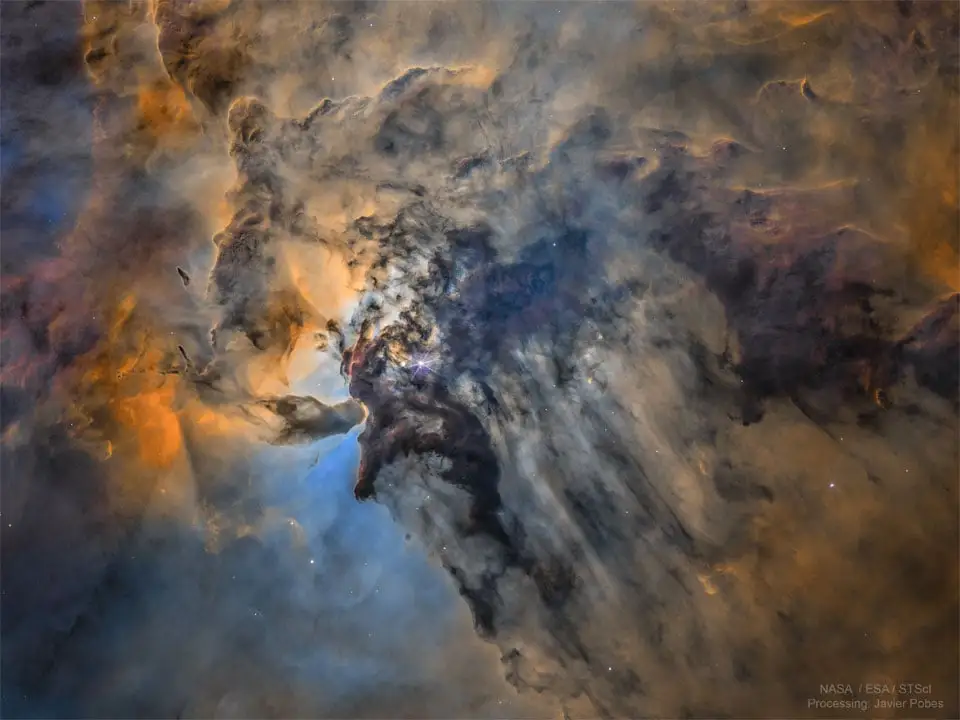this post was submitted on 24 Jun 2024
107 points (98.2% liked)
Space
8744 readers
124 users here now
Share & discuss informative content on: Astrophysics, Cosmology, Space Exploration, Planetary Science and Astrobiology.
Rules
- Be respectful and inclusive.
- No harassment, hate speech, or trolling.
- Engage in constructive discussions.
- Share relevant content.
- Follow guidelines and moderators' instructions.
- Use appropriate language and tone.
- Report violations.
- Foster a continuous learning environment.
Picture of the Day
 The Busy Center of the Lagoon Nebula
The Busy Center of the Lagoon Nebula
Related Communities
🔭 Science
- !astronomy@mander.xyz
- !curiosityrover@lemmy.world
- !earthscience@mander.xyz
- !esa@feddit.nl
- !nasa@lemmy.world
- !perseverancerover@lemmy.world
- !physics@mander.xyz
- !space@beehaw.org
- !space@lemmy.world
🚀 Engineering
🌌 Art and Photography
Other Cool Links
founded 1 year ago
MODERATORS
you are viewing a single comment's thread
view the rest of the comments
view the rest of the comments
The S-IVB-506.
This was the third stage of the launch vehicle for Apollo 11. After entering Earth orbit, the S-IVB rocket was responsible for the translunar injection burn. Once the burn was complete, the command module, LEM, astronauts and the spent rocket were then coasting to the moon. The astronauts would detach the CSM, pitch up, translate in, extract the LEM, then thrust with RCS to get clear of the S-IVB. At this point, the rocket is still on a coarse to the moon.
Many of them orbit between the Earth and moon to this day. One is speculated to orbit between the Earth and Sun. Many impacted the lunar surface, including the one from Apollo 13.
The S-IVB-506 rocket was the one that carried Apollo 11 to the moon. It’s a piece of human history, floating silently in a heliocentric orbit above us.